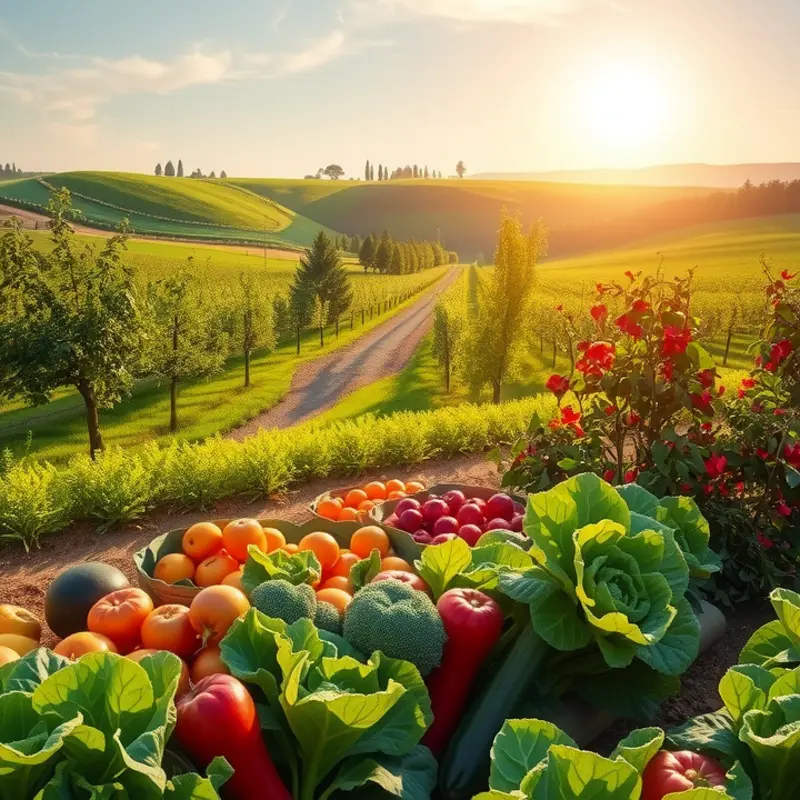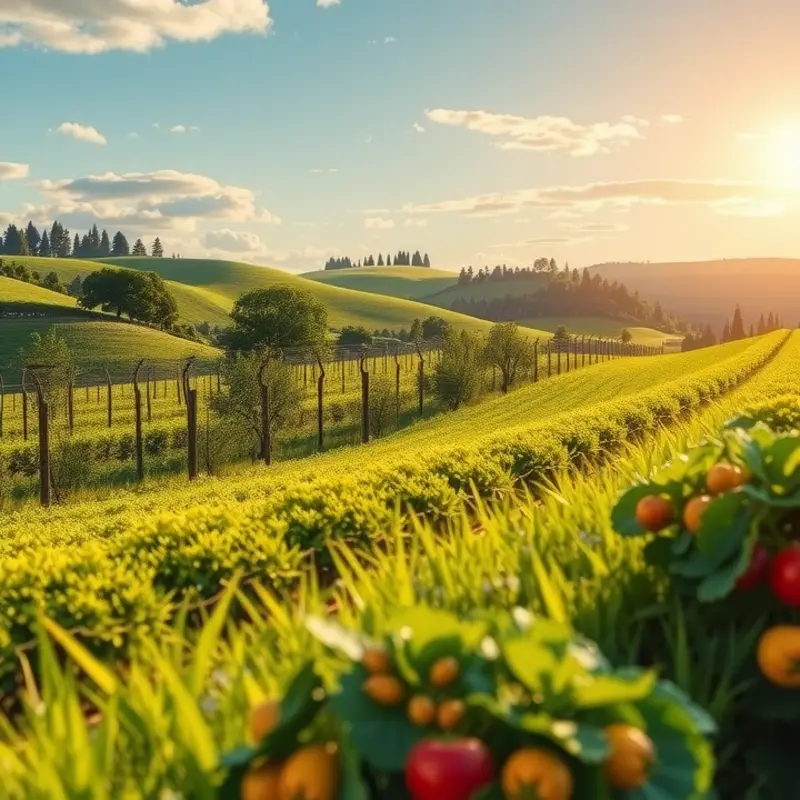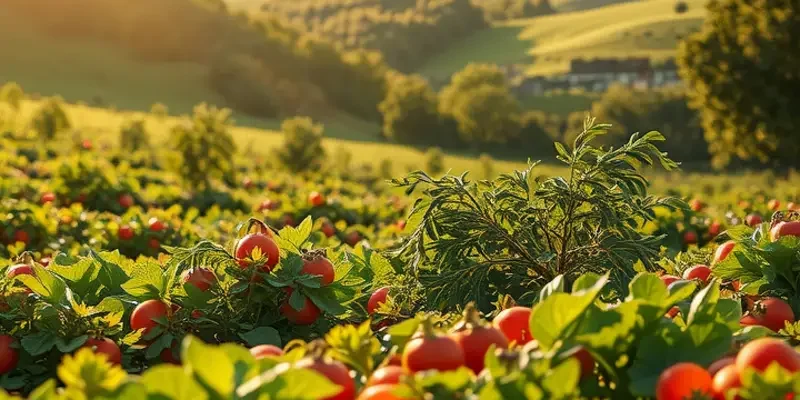Water is life, and our dietary choices greatly impact global water health. As environmentally-conscious individuals, understanding the profound connection between our food and water sources is crucial. By selecting sustainable foods that respect our water systems, we not only nourish ourselves but also protect our planet. This guide will inspire you to make informed, eco-friendly food choices that contribute to a healthier, more sustainable world.
Choosing Water-Wise Foods

Selecting water-efficient foods is a crucial step toward sustainable living. Our global water supply is under pressure, making it vital that we all understand the implications of our dietary choices on water resources. By prioritizing foods requiring fewer water inputs, people can reduce their water footprint while also contributing to biodiversity.
Certain crops, particularly those that thrive in drier climates, are inherently less water-intensive. Pulses, such as lentils and chickpeas, require significantly less water than many other protein sources. These plants not only conserve water but also enhance soil health through nitrogen fixation, promoting biodiversity in agricultural landscapes.
On the other hand, the production of meat and dairy is notoriously water-intensive. Raising livestock demands vast quantities of water, primarily for growing feed crops. To visualize, producing a single pound of beef can require over 1,800 gallons of water. Reducing meat and dairy consumption in favor of plant-based proteins, like beans, peas, and tofu, can therefore have a profound impact on conserving water.
In terms of practical strategies, mindful shopping is key. Opt for seasonal produce that is often grown in optimal conditions with less irrigation. Supporting local farmers markets can further minimize the water use associated with long-distance transportation of goods. Consumers might also benefit from exploring eco-friendly eating education to deepen their understanding.
Meal planning offers another powerful tool for incorporating water-conscious choices. Preparing meals that emphasize cereals and grains such as barley and millet, which are less water-intensive than rice, can make a considerable difference. Easily forgotten, simple lifestyle adjustments like using less water while cooking and minimizing food waste also contribute to conservation.
Incorporating water-efficient foods is not a call to drastic dietary changes but rather an invitation to a gradual shift. By integrating these practices, individuals can play a significant role in supporting global water health while still enjoying a diverse and fulfilling diet.
Innovative Practices for Water Conservation

Understanding the intricate relationship between agricultural practices and water conservation is crucial for supporting the Earth’s most vital resource. Innovative techniques such as permaculture, regenerative farming, and agroecology offer sustainable solutions to enhance water security.
Permaculture emphasizes the harmonious integration of landscape with human needs, utilizing natural ecosystems to create resilient agricultural systems. This approach mimics the regenerative cycles seen in nature, reducing dependency on external water inputs. For example, swales, or shallow channels, can be implemented on contours of the land to capture and direct rainwater into the soil, thus maximizing retention and minimizing runoff.
Regenerative farming takes this a step further by restoring degraded soil health, leading to increased water infiltration and retention. Practices like cover cropping and reduced tillage improve soil structure, allowing it to hold more water. This not only helps during droughts but also reduces flood risks by enhancing groundwater recharge.
Agroecology addresses agricultural methods through the lens of ecological principles. It promotes biodiversity, which enhances resilience and sustainability. Integrating diverse plant species increases the soil’s organic matter, leading to improved water conservation. By diversifying crops, agroecology reduces the need for synthetic inputs, which often disrupt local water cycles and ecosystems.
Supporting local farmers who utilize these methods empowers them to continue these crucial practices. Your choices at the market can make a substantial impact. Opt for produce from farmers who practice sustainable water management and use fewer chemical inputs.
On an individual level, growing your own food can also contribute to water conservation. Embrace home gardening techniques that prioritize efficient water use. One such method is using mulches to cover soil, reducing evaporation and decreasing the need for watering. Drip irrigation systems are another practical tool, delivering water directly to plant roots, thereby minimizing waste.
Efficiently managing limited water resources in your garden not only saves water but also ensures that your plants receive the right amount to thrive. These practices allow you to enjoy fresh produce with a lower ecological footprint. When multiplied across communities, these actions collectively advance global efforts in nourishing our waters sustainably.
Ultimately, equipping yourself with knowledge about these innovative agricultural practices enables you to advocate for sustainable food systems. By incorporating such practices, both in supporting local farmers and personal gardening, you harmonize your dietary habits with ecological welfare. Learn more about eco-friendly eating practices here.
Final words
As individuals invested in the health of our planet, our food choices can have a ripple effect on global water health. By prioritizing water-wise foods and advocating for sustainable farming practices, we contribute to the preservation of vital water resources. Remember, every meal can be a statement. Let us choose wisely, nurture the earth, and cultivate a healthier future not only for ourselves but also for generations to come. Together, through our dietary choices, we can create a powerful legacy of water sustainability and environmental stewardship.








